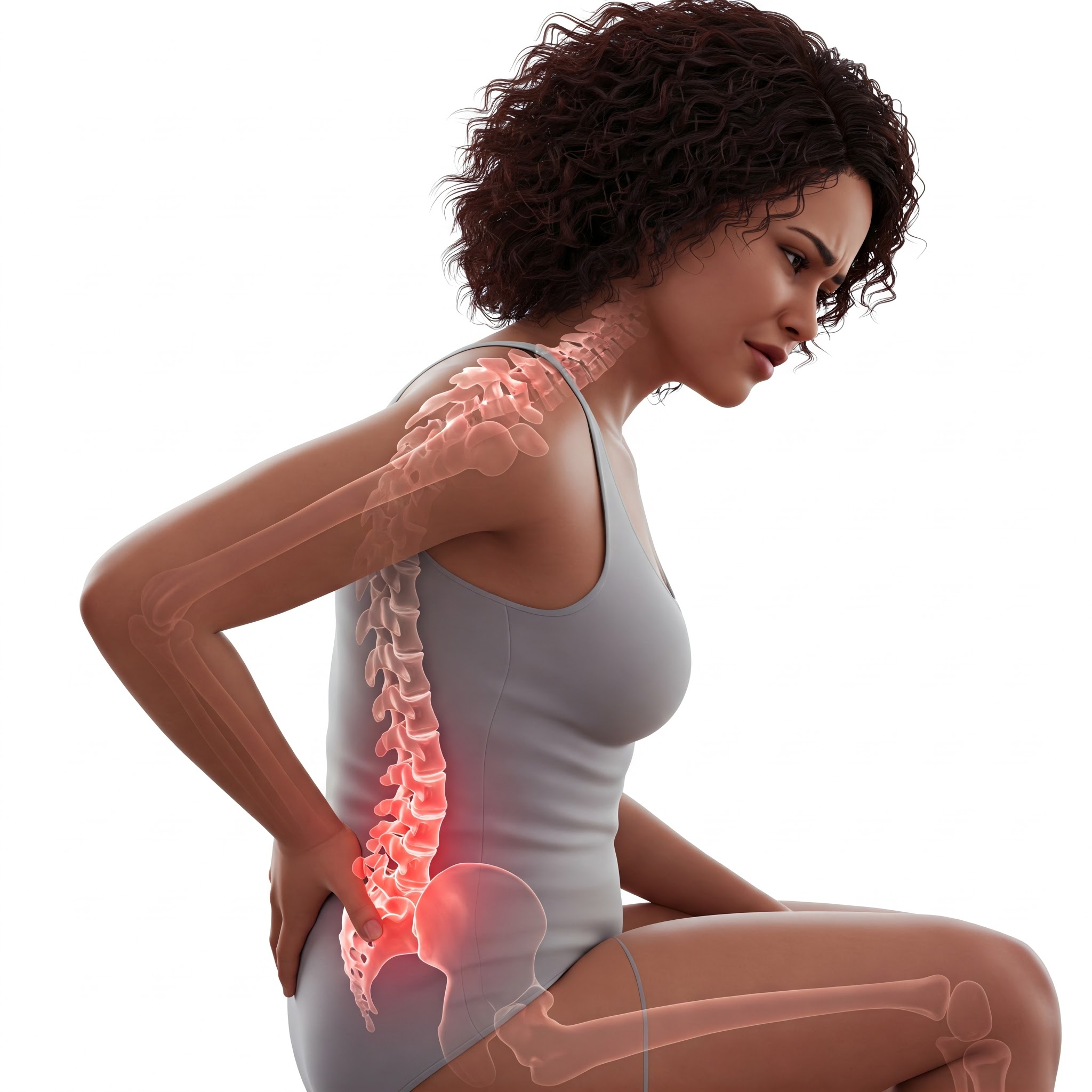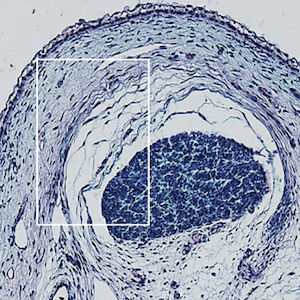The role of sacro-iliac joint magnetic resonance imaging in the diagnosis of axial spondyloarthritis: focus on differential diagnosis in women

All claims expressed in this article are solely those of the authors and do not necessarily represent those of their affiliated organizations, or those of the publisher, the editors and the reviewers. Any product that may be evaluated in this article or claim that may be made by its manufacturer is not guaranteed or endorsed by the publisher.
Authors
Objective. To review the role of sacro-iliac magnetic resonance imaging (MRI) in the diagnosis of axial spondyloarthritis (AxSpA), with a focus on gender differences.
Methods. The experience of the authors and the results of an informal literature review are reported.
Results. Inflammatory changes of the sacro-iliac joint are the hallmark of AxSpA. Early, non-radiographic sacroiliitis may be diagnosed with MRI through the assessment of bone marrow edema (BMO) as well as concomitant structural damage. The MRI protocol should include three necessary sequences, i.e., fat-saturated T2-weighted sequences on two orthogonal planes, T1-weighted semi-coronal sequence, and fat-suppressed T1-weighted semi-coronal sequence. Inflammatory changes comprise required signs (BMO and/or osteitis) and additional signs, including synovitis (better defined as joint space enhancement), enthesitis, and capsulitis. Structural changes consist of erosions, sclerosis, fat metaplasia, and ankylosis. Due to mechanical axial strain, inflammatory changes in the sacro-iliac joint can be found in healthy individuals, runners, and patients with nonspecific low back pain. The prevalence of BMO is higher in women during pregnancy and postpartum, even 12 months after childbirth, but the extent and distribution of MRI findings may help in the differential diagnosis. Other challenges in the MRI diagnosis of sacroiliitis are subchondral T2 hyperintensity during developmental age, periarticular sclerosis in healthy subjects, or osteitis condensans ilii, and several pathological conditions that may mimic AxSpA, some of which are more frequently found in women.
Conclusions. The described diagnostic challenges impose a multidisciplinary approach combining imaging findings with clinical and laboratory data.

This work is licensed under a Creative Commons Attribution-NonCommercial 4.0 International License.
PAGEPress has chosen to apply the Creative Commons Attribution NonCommercial 4.0 International License (CC BY-NC 4.0) to all manuscripts to be published.










